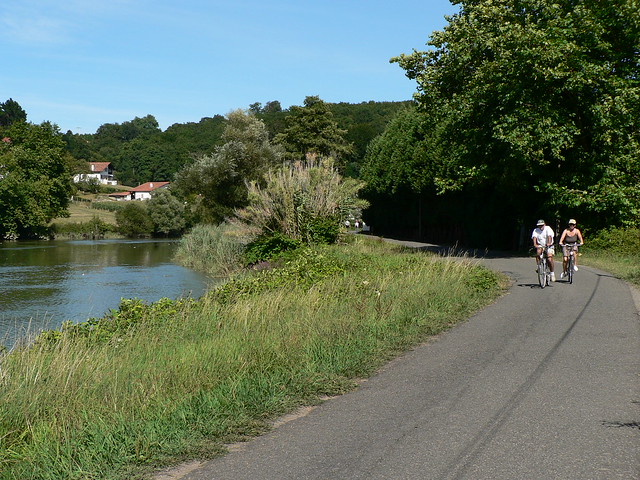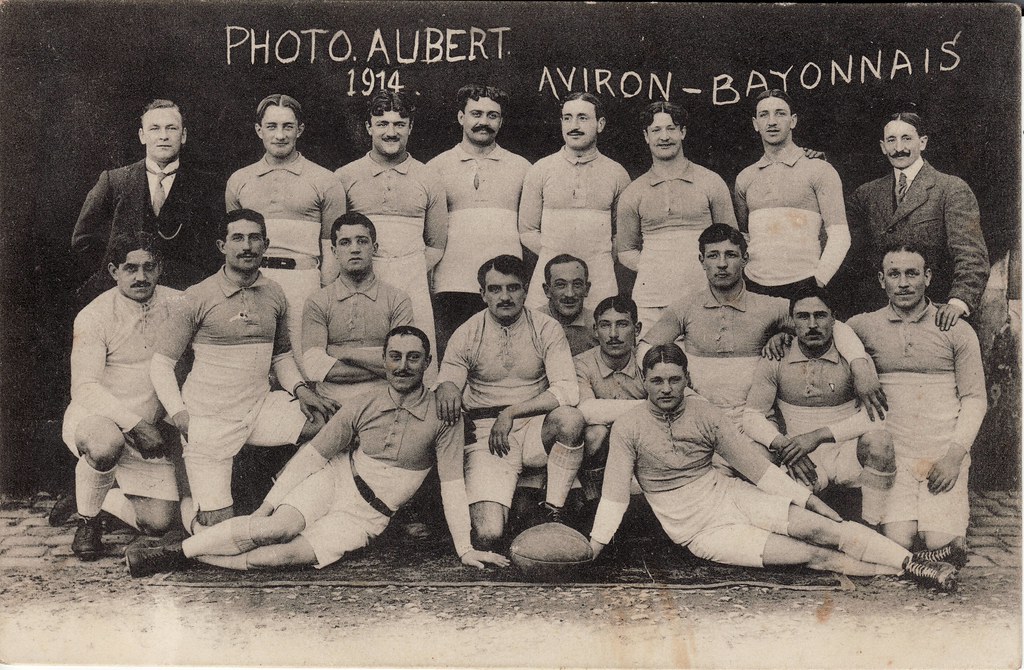25th May 2012. Summer's here! Yee-haar! Forecast is for ~28° today. Shorts and t-shirt weather. Other signs of summer? Bayonne's resident busker - I call him SaxMan™ - is back after a long winter absence! He's taken up his customary spot opposite the Monument aux Morts and he's playing the very same 10 second riff over and over again that he played last year. He must be driving the poor people in the shop behind him crazy.. Also, I dragged the plancha out of the garage, up the steps and it's now installed on the terrace and ready for action after a wipe down and general cleaning off of assorted crud & spiders etc. Here's a short clip that gives some tips about cooking with a plancha (or a flat top grill as it's called in the video):
More plancha recipes here.

I went for a ride along the Nive this afternoon - and like a dummy I forgot my bottle of water.. I went as far as Ustaritz which is 25+km. I was gagging for a cold drink when I returned home! It's 29 in the shade in the garden.
This weekend sees 160 rowers from all over France converging on Bayonne to take part in the annual "Trois Rivières" event. This is an arduous event - especially if the temperatures are up as high as they are today. They'll row 72 km in 3 days on the Gave, the Adour and the Nive. I did it 2-3 years ago and I was doing John Wayne impressions for a few days afterwards. In the evening there's much jollity and conviviality so, all in all, it's a great weekend.
The Fêtes de Bayonne is only a couple of months away. This is, by any standard, madness writ large. Bayonne has some 40,000 inhabitants but over the 5 days (& nights) of the Fêtes, some 1.3 million people flood in.. The rowing club organise a regatta during the Fêtes and rowing here is quite informal so you won't see stripey blazers, bow ties etc as you might elsewhere. But make no mistake - there are some extremely dedicated oarsmen and women here. We usually disappear over the days of the Fêtes and head for the mountains as town becomes unbearable.
30th May 2012. We're having a few days away now - we're taking a long lazy swing through Provence before heading up to the Jura region.. Should be back in mid June..
Meanwhile, here's a London 'Bobby' showing that failing a Riverdance audition needn't be an end to your dreams of stardom..!
Here's how it should be done:











